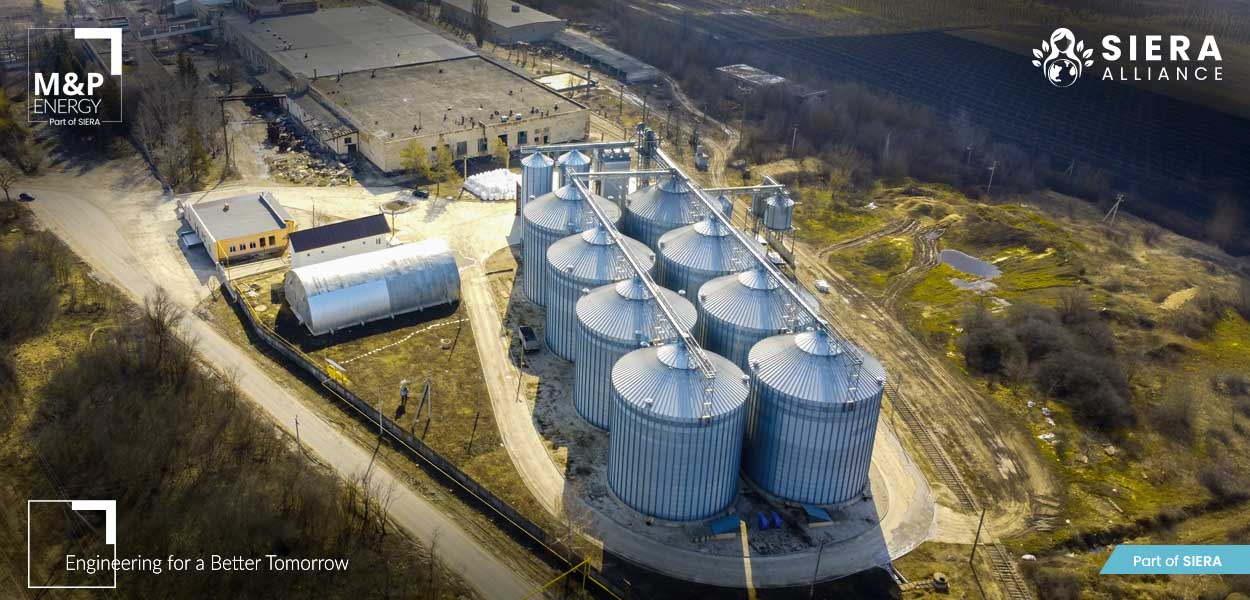As the European Union accelerates its clean energy transition under the European Green Deal and REPowerEU strategies, geothermal energy has emerged as a critical piece of the sustainable energy puzzle. Unlike solar and wind, which depend on weather conditions, geothermal offers continuous, reliable, and low-carbon heating—making it particularly suitable for temperate and colder climates such as Germany.
This article provides a detailed exploration of how geothermal energy works, its advantages, limitations, environmental and economic implications, and a step-by-step implementation guide tailored to the EU context. M&P Energy GmbH – part of the SIERA – supports municipalities, utilities, and property developers with customized solutions for geothermal integration across Germany.
Understanding Geothermal Energy: Technology and Functionality
What is Geothermal Energy and How Does It Work?
Geothermal energy is derived from thermal energy stored beneath the Earth’s surface. Temperatures rise with depth due to the Earth's internal heat—averaging 25–30°C per kilometer in Central Europe. This gradient allows us to extract heat for practical applications through engineered systems.
So, how does geothermal energy work? In most residential and commercial contexts, geothermal systems operate via ground source heat pumps (GSHPs). These systems circulate a fluid—usually water mixed with antifreeze—through underground pipes. During winter, the fluid absorbs heat from the earth and transports it into buildings. During summer, the process is reversed, transferring indoor heat back into the cooler earth.
There are two primary types of geothermal systems:
- Shallow geothermal systems (up to 400 meters): Dominant in residential buildings and district heating.
- Deep geothermal systems (>400 metres): For high-temperature applications such as power generation and industrial heat.
Geothermal Energy Benefits: Environmental and Economic Dimensions
1. Sustainability and Carbon Reduction
One of the most significant advantages of geothermal energy is its negligible direct emissions. The geothermal energy environmental impact is among the lowest of all energy technologies. According to the International Renewable Energy Agency (IRENA), geothermal systems emit fewer than 45 gCO₂/kWh—compared to over 200 gCO₂/kWh for natural gas-based heating.
For a country like Germany, where heating accounts for nearly 55% of residential energy demand, transitioning to low carbon heating systems is essential. Geothermal energy helps eliminate reliance on fossil-based systems, thereby supporting national and EU-wide climate goals.
2. Energy Efficiency
Geothermal systems are exceptionally efficient. A well-designed geothermal heat pump installation can achieve a Coefficient of Performance (COP) of 4 to 5, meaning that for every 1 kWh of electricity consumed, it delivers 4–5 kWh of thermal energy. In practice, this results in up to 70% energy savings compared to oil or gas systems.
M&P Energy GmbH- part of SIERA offers feasibility studies and planning services to optimise COP values in new or renovated buildings and ensure maximum energy efficiency with geothermal energy.
3. Economic Resilience and Stability
Although the initial capital expenditure is high, geothermal systems offer long-term savings through low operational costs and minimal maintenance. The geothermal energy efficiency and long system lifespan (20–30 years for heat pumps and over 50 years for boreholes) lead to an excellent lifecycle return on investment.
Moreover, Germany offers generous subsidies through programs such as:
• BAFA – grants covering 30–50% of costs.
• KfW Bank loans for energy-efficient buildings using geothermal systems.
M&P Energy GmbH- part of SIERA - helps customers apply for BAFA subsidies and KfW loans and takes care of the complete project realisation - from concept to commissioning.

Geothermal Energy in Germany and the EU: Market Trends and Policy Support
Germany leads the EU in geothermal district heating with flagship projects in Munich, Unterhaching, and the Rhine Graben region. The city of Munich aims to supply 100% of its heat demand from geothermal energy by 2040.
At the EU level, the REPowerEU initiative and Horizon Europe research funding are channeling billions into scaling up geothermal energy systems. According to the European Geothermal Energy Council (EGEC), the EU's geothermal market could grow sixfold by 2030, supporting the deployment of over 5 million ground source heat pumps.
Geothermal vs Solar Energy: Complementary or Competitive?
While both are part of the clean energy transition, comparing geothermal vs solar energy reveals complementary strengths:
| Feature | Geothermal energy | Solar energy |
| Energy Type | Thermal (heating & cooling) | Electric (photovoltaics) |
| Availability | 24/7, year-round | Intermittent, weather-dependent |
| System Lifespan | 25-50 years | 20-30 years |
| Land Use | Subsurface (minimal visual impact) | Rooftop or land-intensive |
| Storage Need | Low (natural heat buffer) | High (battery or thermal storage needed) |
Conclusion: For space heating and cooling, particularly in northern and central Europe, geothermal is more reliable and efficient, while solar excels in decentralized electricity production.
Geothermal Energy Pros and Cons: A Balanced Perspective
Every technology has its trade-offs. Here's an expert evaluation of geothermal energy pros and cons in the EU context:
| Advantages | Disadvantages |
| Stable, renewable, and independent of weather | High upfront investment (€20,000–€40,000 for residential systems) |
| Minimal environmental impact | Site-specific feasibility (geological surveys required) |
| High thermal efficiency (COP > 4.0) | Regulatory hurdles (permits, groundwater protection laws) |
| Long system lifespan and low lifecycle costs | Limited applicability for electricity generation in low-temperature areas |
| Generous EU and national subsidies available | Longer ROI period without subsidies |

Step-by-Step Guide: How to Install a Geothermal System
Implementing geothermal systems—especially geothermal energy for homes—requires a systematic and regulated approach. Below is a 7-step guide tailored for Germany and EU countries:
1. Feasibility and Site Survey
• Engage certified geologists or energy consultants.
• Perform thermal conductivity tests and hydraulic modeling.
• Assess proximity to groundwater protection zones and land availability.
2. Secure Permits and Environmental Approvals
• Comply with local water laws (WHG in Germany).
• Apply for drilling, groundwater, and construction permits.
• In some regions, an Environmental Impact Assessment (EIA) may be required.
3. Access Financial Incentives
• Apply for BAFA grants for heat pump systems.
• Combine with KfW low-interest loans for new constructions or renovations.
• Use EU funding where applicable (e.g., ELENA, LIFE). LIFE.
4. Design the System
• Choose loop type: horizontal (trenches), vertical (boreholes), or water body-based.
• Match the heat pump size to the building’s thermal load.
• Integrate smart controls and energy monitoring systems.
5. Installation and Commissioning
• Boreholes drilled (typically 50–100 meters deep per kW of load).
• Heat pump and exchanger units installed.
• System pressure tested, flushed, and commissioned.
6. Integration with Building Systems
• Connect to existing radiator/floor heating system.
• Ensure compatibility with domestic hot water needs.
• Combine with solar thermal if hybridization is planned.
7. Maintenance and Monitoring
• Annual check-ups recommended (fluid levels, filters, system diagnostics).
• Real-time monitoring helps optimize performance and diagnose inefficiencies.
Conclusion: A Strategic Asset in the Energy Transition
Geothermal energy technology stands at the intersection of innovation and necessity. In the context of Europe’s decarbonization goals, energy security concerns, and escalating gas prices, geothermal energy systems offer a scalable, efficient, and sustainable solution for the built environment.
By understanding how geothermal energy works, leveraging available subsidies, and implementing systems using the outlined methodology, stakeholders—from private homeowners to urban planners—can unlock significant geothermal energy benefits. It’s not merely a clean technology, but a strategic pillar in Europe’s energy resilience.
M&P Energy GmbH – part of the SIERA – delivers integrated geothermal solutions that enable cities, companies, and institutions to meet their carbon-neutrality goals through intelligent planning, robust engineering, and sustainable implementation.


